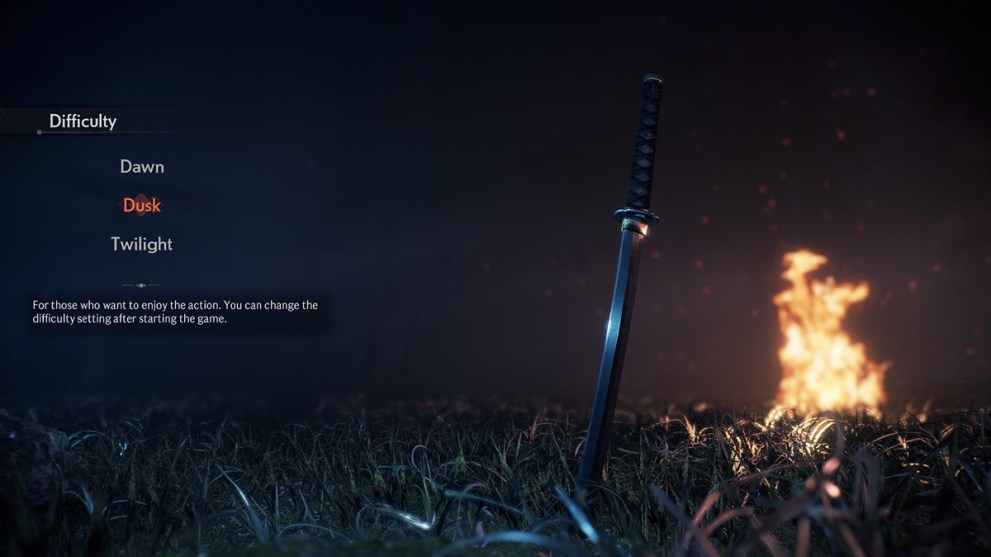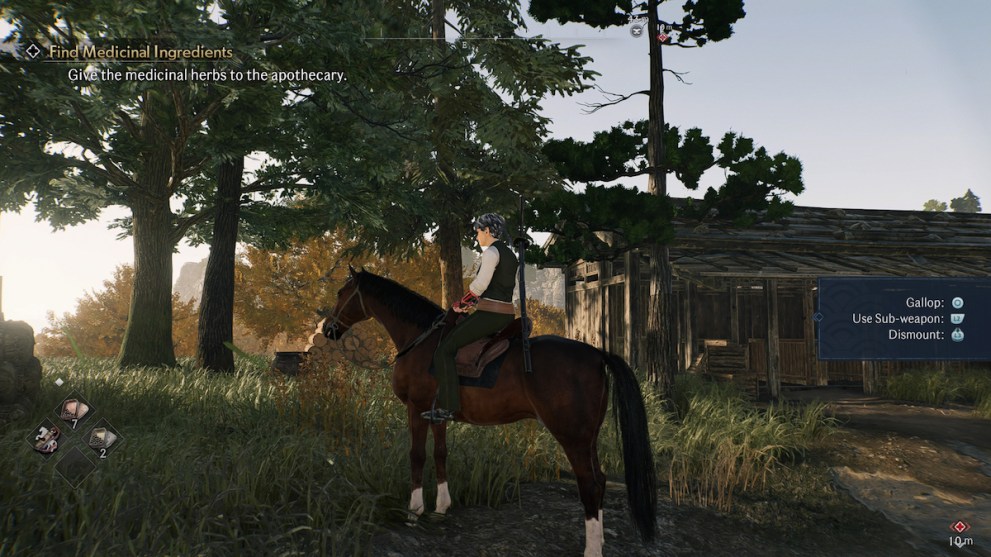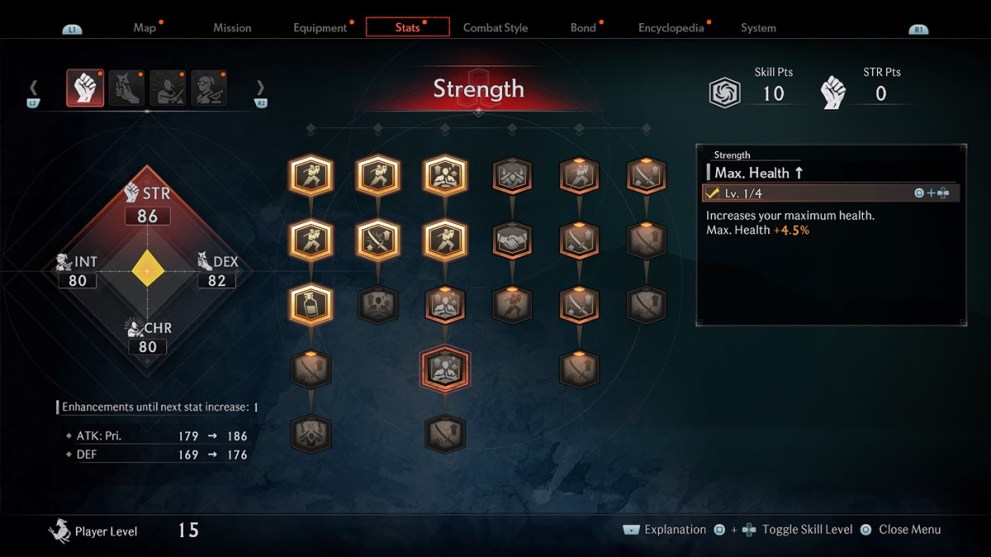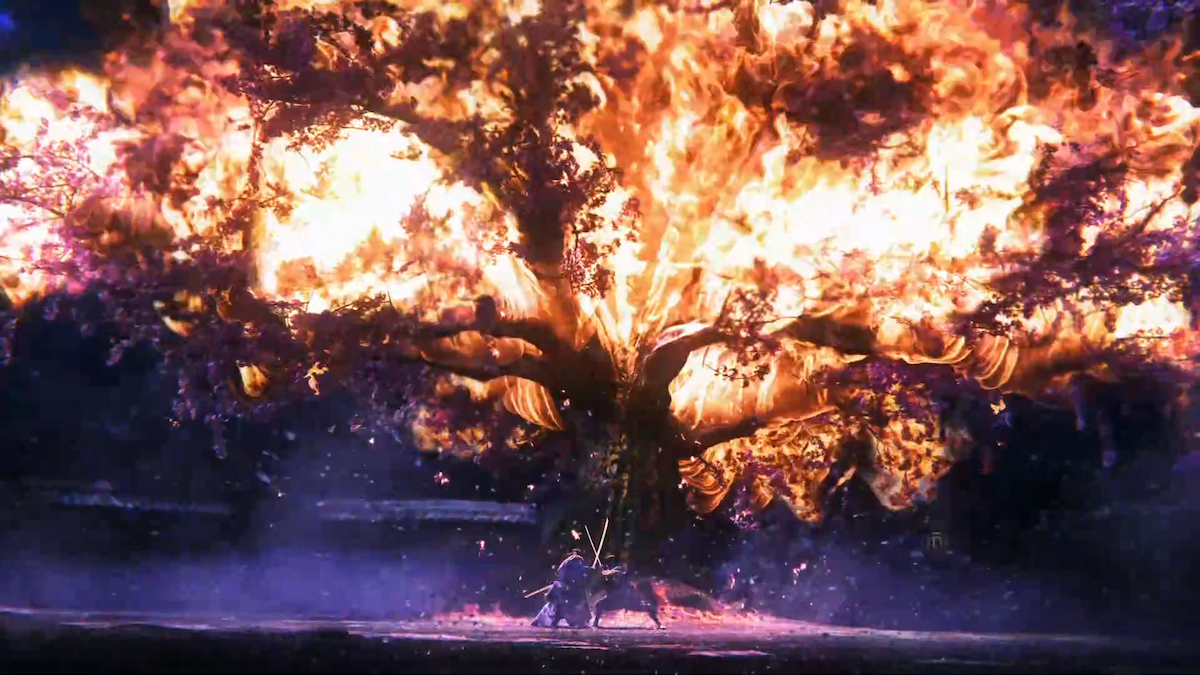Rise of the Ronin on PlayStation 5
I should preface this review by saying that I have played every Team Ninja soulslike and even reviewed Stranger of Paradise, so I had a decent idea of what I was getting into with Rise of the Ronin. I knew enough to be a little hesitant because I like the genre but am not always great at it. With that, I was pleased to find that Rise of the Ronin is far more Nioh than Wo Long: Fallen Dynasty, even if it utilizes tweaked mechanics from both.
However, Rise of the Ronin does something that no soulslike has really done before: it offers a choice in difficulty level. This simple inclusion, which has opened so many debates since the release of the first Dark Souls, changed a potentially frustrating experience into one I could actually enjoy. By including one simple thing, I could actually enjoy combat without feeling like I was constantly charging at a brick wall. I do hope this catches on because it works incredibly well in practice.

I’m not even saying the game became easy, as I still definitely died many times. Instead, it honestly makes combat truly shine. As I wasn’t getting smacked around for every little mistake, I was better able to enjoy nuances to fighting that I might not get if I was too focused on defense. I felt like I was much more in tune with the game by being able to tailor my experience better.
In Rise of the Ronin, you play as a warrior of the Veiled Edge, a secret force operating in Japan to quell issues and threats from the shadows. Each Veiled Edge warrior is trained with another from youth, and the pair are called Blade Twins. So, while you create your character, you also create your Blade Twin.
The game begins in the mid-1800s, when black ships arrived on Japanese shores, bringing Americans with the U.S. Navy who sought to convince those in charge to open Japan to trade. The first mission you are sent on with your Blade Twin ends badly, and you are separated. You leave the village to track them down, breaking the rules of the Veiled Edge to become just another Ronin in Japan.
Despite definite liberties taken over the course of the story, this is otherwise the most history-centered game Team Ninja has created, and it’s a very enjoyable history lesson. Anyone who has played Like a Dragon: Ishin will already be familiar with some characters and events. Rise of the Ronin does offer story choices, but these don’t change much other than letting you view events from either the Pro or Anti-Shogunate side of history.
After the first big mission, you’ll reach the most shocking aspect of Rise of the Ronin: open-world exploration. You start in Yokohama, and the map is divided into several regions, each with its own selection of things to collect and find. The world never felt too big, as there are fast travel points all over that you can easily use from the map.
You even get a horse you can swap out at stables and use to auto-travel somewhere you’ve been before if you don’t want to fast travel. Areas don’t have any sort of level scaling, either, so you can easily strengthen up and come back for anything too difficult.

I also never felt any sort of annoyance with clearing through each region’s to-do list of objectives because none of them took all that long. The most fun activity is these enemy camps/settlements, where you must clear out anywhere from 6-15 enemies. This can be done through any means, though it usually comes down to direct combat or sneaky assassinations.
Either in these areas or just hanging out throughout the area are Fugitives, which are essentially map-based minibosses where you can level up your weapons based on what the Fugitive was carrying. The best part of all of these is that whether it is finding cats, killing fugitives, or taking pictures, you can get special items from the proper NPC after you’ve done enough. The best rewards are specialized skill points for grabbing the more useful skills.
My only issue with the open world directly ties into my issue with co-op: all exploration is done solo. All actual co-op play is reserved for missions, keeping in line with every previous mission-based Team Ninja title. However, in this instance, it heavily restricts co-op and playing with friends. Sure, there are plenty of missions for co-op, but there is a fair bit of downtime between them.
It is more like you are just playing the game simultaneously rather than legitimately together. Factoring in the random things that could pop up while you both travel to the next mission to sidetrack you. it becomes obvious that co-op in Rise of the Ronin is best for just grouping up with random players.
The game does have several asynchronous multiplayer factors, though. Random events can include player-created characters, or you can just find them walking around. Winning a fight with wandering ronin levels up the weapon they were using, so it’s always worth it. They can also appear as captured ronin during enemy camp infiltrations, and freeing them gives you a dependable ally until the camp is clear. This was nice because it still made the game feel more multiplayer, even if it was very surface-level.
Going back to skill trees, though, they are done simplistically, but in a way that I enjoyed. Rather than allocate points directly to stats, you unlock skills in a stat’s tree, most of which have multiple levels. When a set number of skills is bought, the key aspects related to that stat are leveled up. For instance, Strength skills will increase primary attack and defense.

Everything also gives you skill points, so there’s no need to grind. You can either work on collectibles, as I mentioned, or do just about everything else. Whether you clear map regions, raise bonds with characters, or use a weapon type you enjoy, you will constantly gain skill points. I only found myself hunting down specific skill point types near the end of the game, and that was just for fun.
As for weapons, Team Ninja once again offers a nice assortment of weapons for players who want to play as they wish. Each weapon type has at least one additional fighting style (in lieu of stances) for players to change their move sets and better oppose enemies. Counterspark has also vastly improved parrying because the game ties it into the heavy attack. This means that even if you miss the timing, you still do damage with the attack.
Rise of the Ronin is not only a terrific soulslike, but it presents a possible turning point in being the first high-profile entry in the genre to give difficulty choices. Even without that, it is still a fun game that anyone can get into and enjoy, as the combat is worth mastering because nothing beats the feeling of a perfectly timed Counterspark. Plus, this is an excellent way to learn about an important time in Japanese history if you didn’t already know it.
- Difficulty choices let you tailor your own experience.
- Many weapon types to experiment with and learn.
- World size never feels overwhelming.
- Nicely simple character progression.
- Fun ways to interact with other player-made characters.
- Fans of previous Team Ninja games will find this perfect familiar, with new wrinkles added in.
- Without being able to explore with friends, co-op feels limited.













Updated: Mar 20, 2024 09:12 am